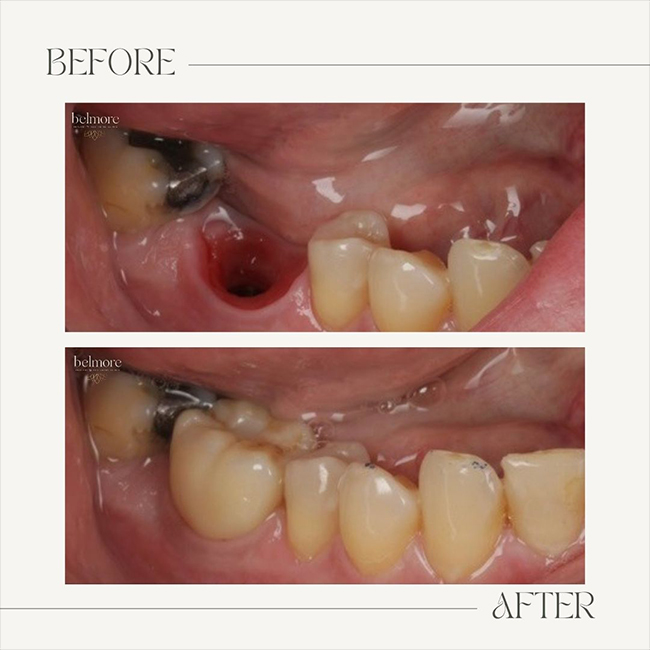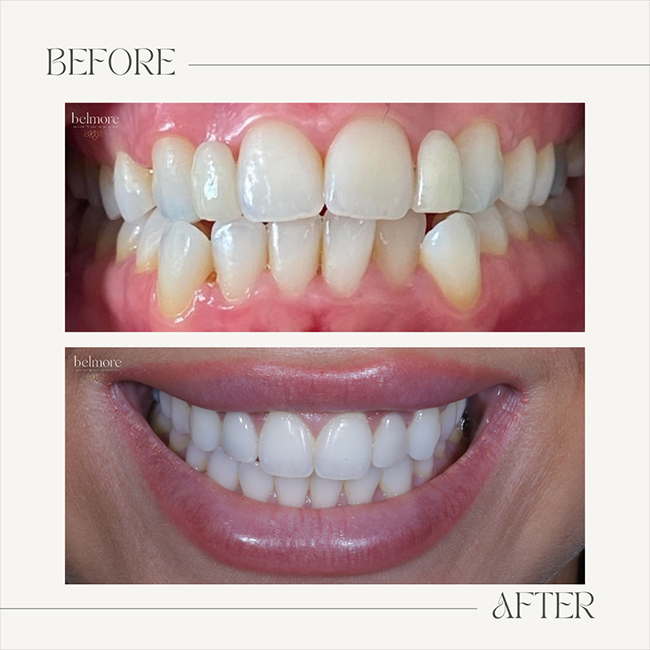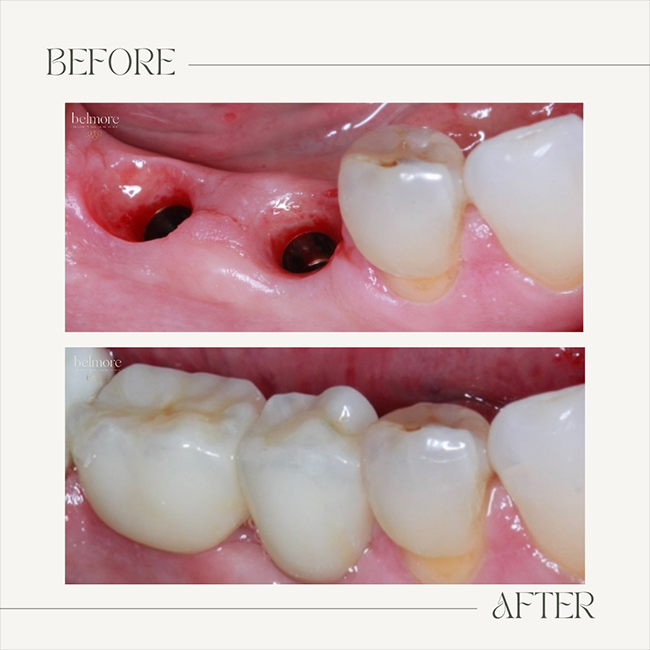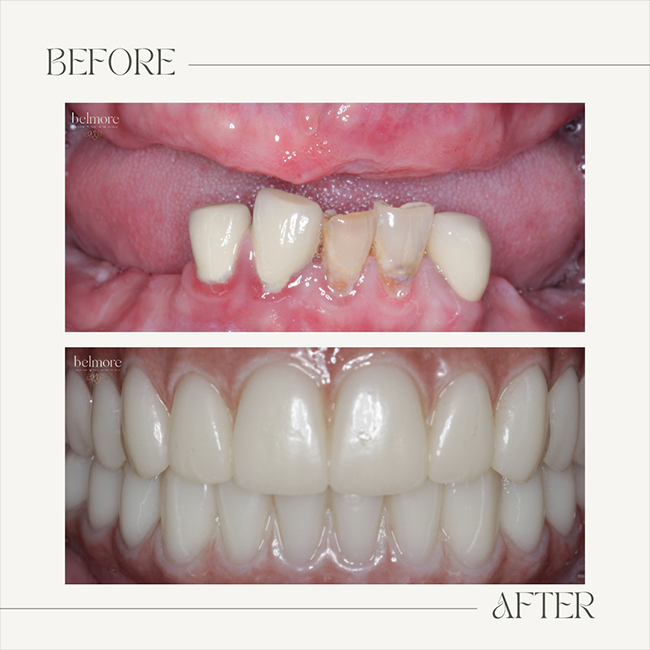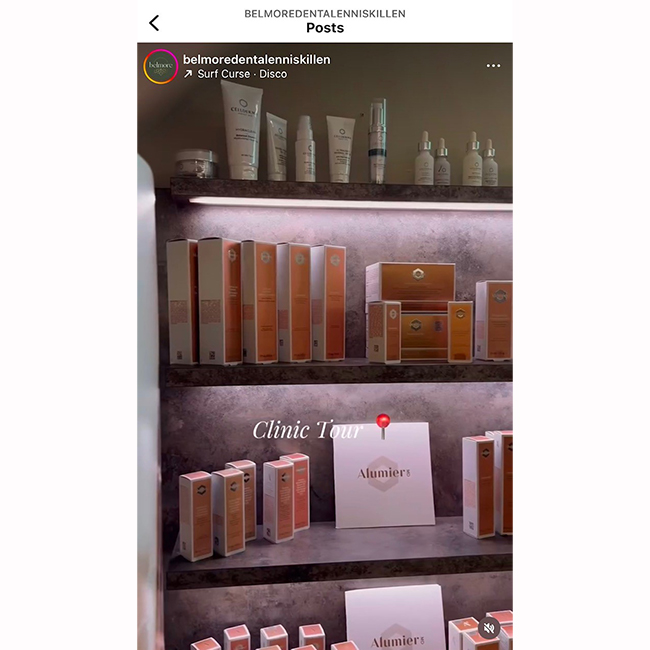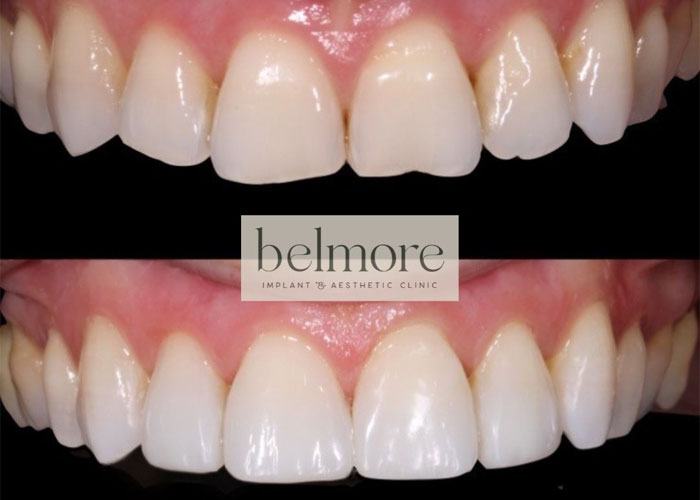
Composite bonding (along with composite veneers) has become an incredibly well-known, sought-after treatment. With many believing this to be the ‘fix all miracle treatment’ that doesn’t cause any damage to your natural teeth. While this is partially correct, composite bonding does have some disadvantages, which we will run through later on.
At Belmore Dental in Enniskillen, we believe that fully informing our patients of both the advantages and possible downfalls of each specific treatment is vastly important in allowing you to choose the most suitable treatment for yourself.
So, what actually is composite bonding?
Composite bonding is a treatment that allows us to fix all manner of problems, such as staining and discolouration, chipped teeth, misalignment, teeth of varying lengths, gappy teeth and more. Essentially, composite bonding allows us to create a much more aesthetic smile.
Composite bonding is carried out by adding a tooth-coloured composite material to the teeth to fix the issues mentioned previously. There is minimal to no preparation of the tooth required, meaning that the treatment is usually reversible.
Composite bonding can be carried out in a number of different ways.
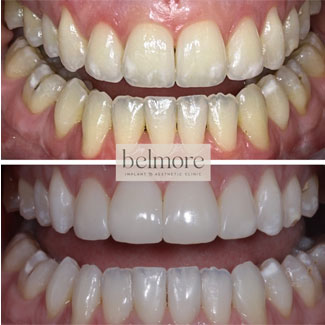
- SmileFast or Signature Smile –
At Belmore Dental we offer two options of pre-designed composite veneers via either our signature smile treatment, or SmileFast.
With either of these options your new smile will be digitally designed, allowing you to view and tweak this before having your treatment. A ‘mock up’ will also be carried out to allow you to ‘test drive’ your new smile to ensure that you are entirely satisfied before the treatment begins.
- Freehand composite bonding –
This is used more commonly for minor imperfections such as chipped edges, worn teeth and black triangles.
As with all treatments, composite bonding has many positive aspects, but there are some disadvantages that we feel our patients should be aware of before choosing their ideal treatment.
Advantages
- Allows us to make aesthetic improvements without altering or causing any damage to the underlying natural teeth.
- Convenient treatment, usually only taking 1 appointment to complete.
- Generally, more cost effective than alternatives such as porcelain veneers or crowns.
- Non-invasive, there is usually no drilling, pain or anaesthetic involved
- We can improve very small imperfections using composite bonding that can really transform the smile.
Disadvantages
- Composite can chip, you will need to wear a bite guard at night, long-term, to protect your composite restorations from chipping.
- Composite is quite porous so can stain easily.
- Composite has a limited lifespan and usually will last a maximum of 5 years.
- With regards to long-term investment composite may actually be less cost effective, due to its nature of needing to be replaced at regular intervals.
- When considering composite restorations, you will need to bear in mind that composite will be adding to the natural tooth, so if you find that your teeth are already prominent, composite could leave you feeling as though your teeth are ‘bulkier.’
- Aesthetically, composite cannot provide the same level of results that you would achieve from porcelain restorations.
- Regular hygiene appointments will be required to maintain the best aesthetic results.
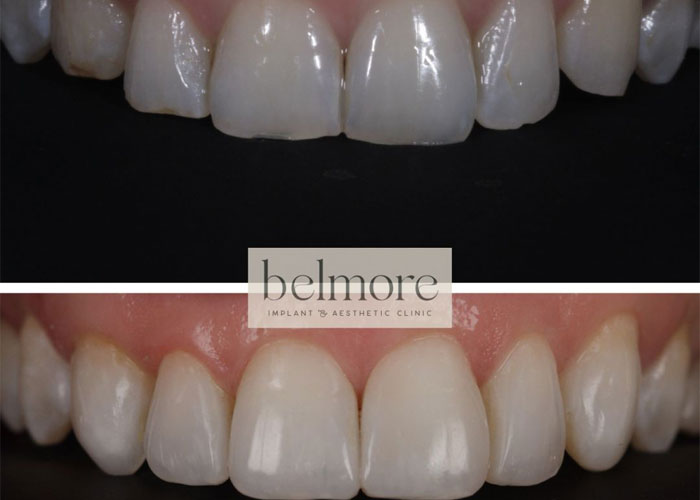
If you’d like to know more about the treatments we provide, a guide to pricing and information about finance options, why not schedule a FREE consultation with one of our friendly treatment coordinators.
Alternatively, if you would like to visit the dentist and have a full examination and assessment carried out, we will then be able to provide you with a fully personalised treatment plan, breaking down the options that are recommended for you and the accurate associated costs.
If you’d like to get in touch:


